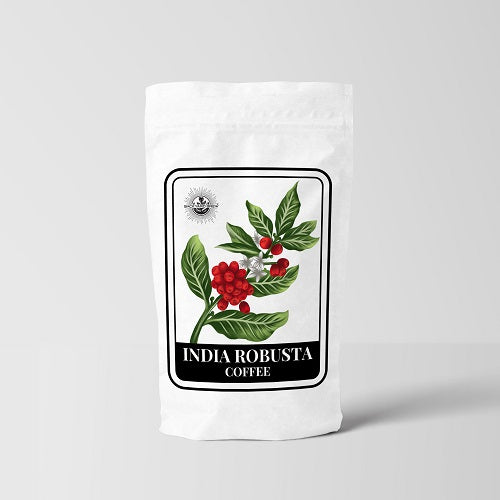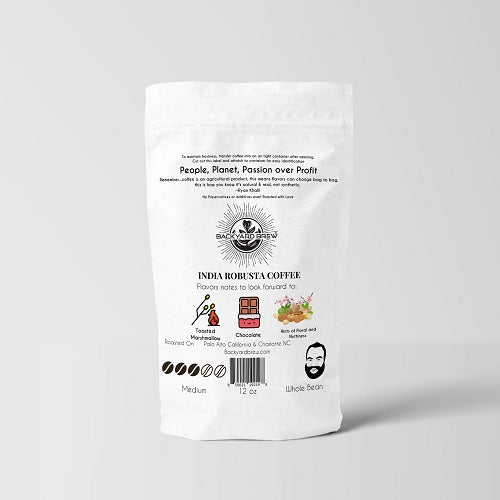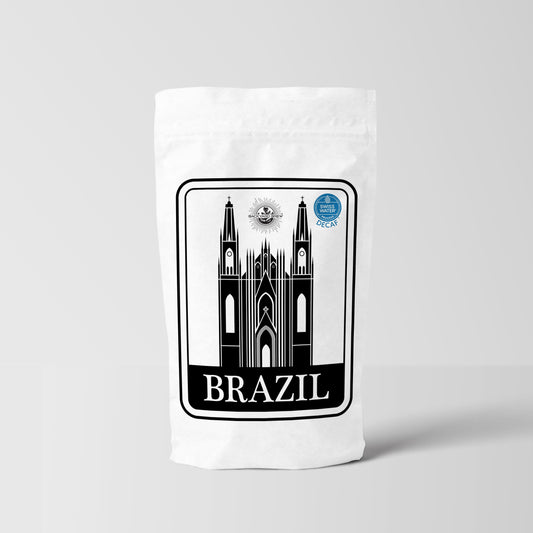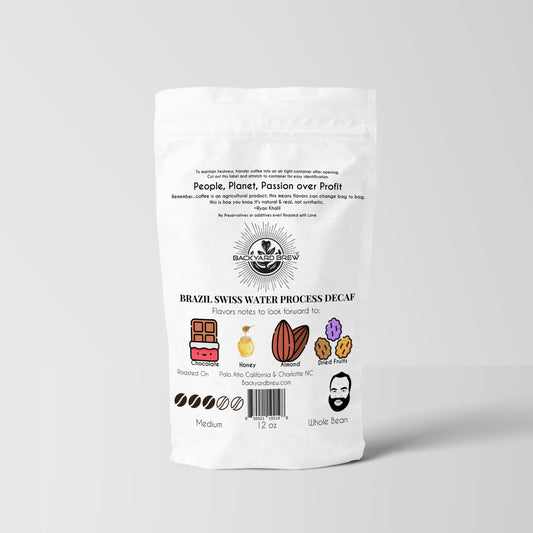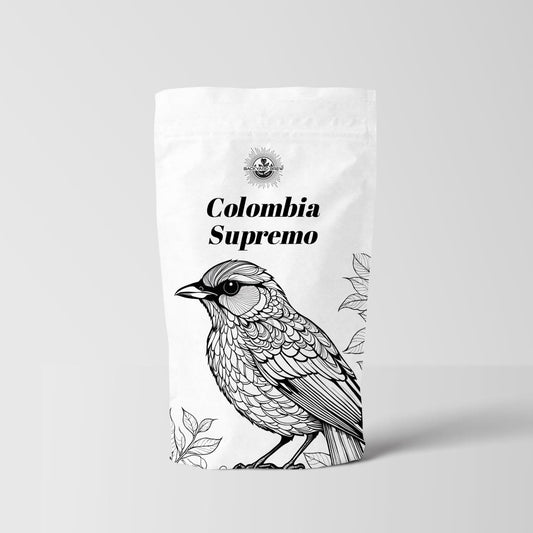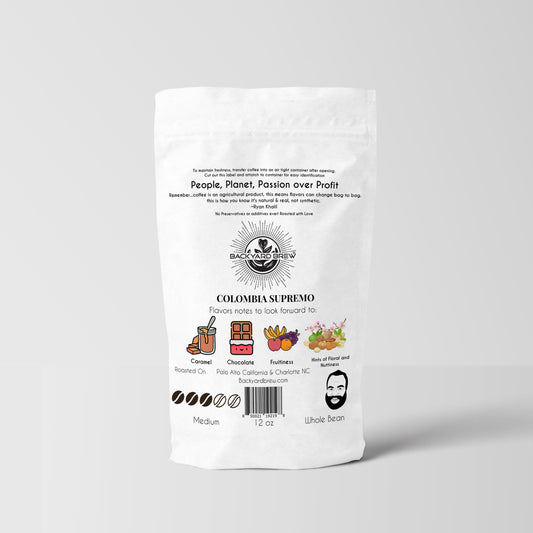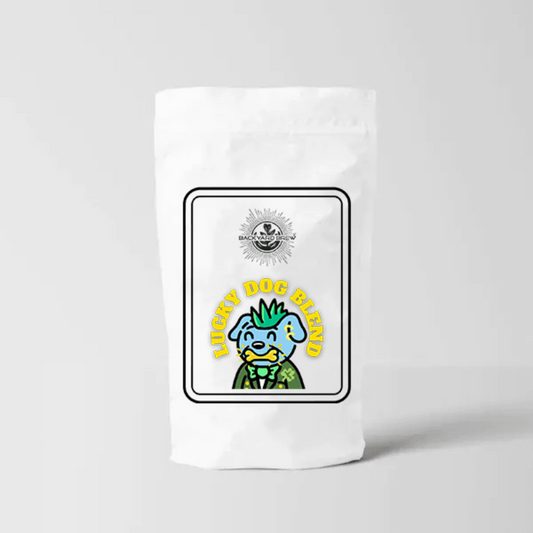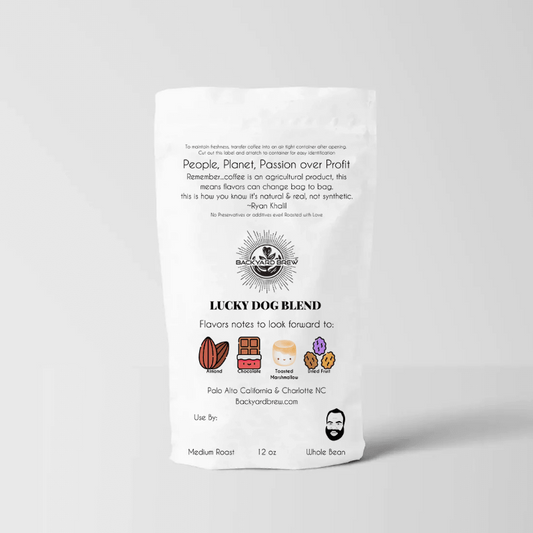Coffee Culture: Coffee Through Time and Taste
Related Product
Subscribe
Table of Contents
Have you ever wondered how a simple beverage like coffee has the power to shape cultures and inspire creativity across the globe? Coffee is not just a drink; it’s a global phenomenon that has influenced social interactions and artistic expression for centuries. From its humble beginnings in ancient Ethiopia to the vibrant coffee shops we see today, the history of coffee is both rich and diverse. In this blog, we will explore the global coffee culture, examine its impact on art and literature, and uncover the fascinating journey that has made coffee a cherished drink around the world.
Global Coffee Culture
Coffee culture refers to the social and cultural aspects surrounding coffee consumption. It encompasses everything from the way coffee is prepared and served to the rituals and traditions associated with drinking it. Across the globe, coffee culture varies significantly, reflecting local customs, preferences, and lifestyles.
1. Coffee in Italy: The Espresso Tradition
In Italy, coffee is an integral part of daily life. The Italian coffee culture is centered around the espresso, a strong and concentrated coffee served in small cups. Italians often enjoy their espresso standing at the bar, engaging in lively conversations with friends or strangers. The ritual of drinking coffee is quick yet social, emphasizing the importance of community.
Coffee Brewing Methods in Italy are simple yet effective. The classic Moka pot is a staple in many Italian households, allowing people to brew rich coffee at home. Additionally, coffee shops, known as "caffè," serve a variety of espresso-based drinks, including cappuccinos and macchiatos, often enjoyed in the morning.
Fun Fact: In Italy, it’s common for locals to drink their espresso standing at the bar rather than sitting down. This quick ritual allows for social interaction and keeps the coffee experience lively!
2. Coffee in Ethiopia: The Birthplace of Coffee
Ethiopia is often regarded as the birthplace of coffee, and its coffee culture is deeply rooted in tradition. The Ethiopian coffee ceremony is a time-honored ritual that involves roasting green coffee beans, grinding them, and brewing the coffee in a special pot called a "jebena." This ceremony is a communal event, often accompanied by the sharing of stories and conversation.
Ethiopian coffee is known for its unique coffee bean flavors and profiles, often featuring fruity and floral notes. The emphasis on quality and tradition has led to a growing interest in organic and fair trade coffee beans, as consumers seek to support sustainable practices.
Fun Fact: The Ethiopian coffee ceremony can last several hours and involves roasting green coffee beans, grinding them, and brewing the coffee in a traditional pot called a "jebena." It’s a communal event that emphasizes hospitality and connection.
3. Coffee in Sweden: Fika and Social Connection
In Sweden, coffee culture is intertwined with the concept of "fika," a social coffee break that encourages people to pause and enjoy coffee with friends or colleagues. Fika is not just about drinking coffee; it’s a time to relax, chat, and savor pastries, such as cinnamon buns or cardamom rolls.
Swedes typically enjoy filter coffee, which is brewed using various coffee brewing methods. The emphasis on quality and flavor has led to a rise in specialty coffee shops, where baristas take pride in crafting the perfect cup. The Swedish coffee culture highlights the importance of social connections and taking time for oneself.
Fun Fact: The Swedish concept of "fika" is so important that many workplaces have designated coffee breaks to encourage employees to take time to relax and socialize, boosting morale and productivity!
4. Coffee in Japan: A Blend of Tradition and Modernity
Japan has a unique coffee culture that blends traditional practices with modern influences. The Japanese take their coffee seriously, with a focus on precision and craftsmanship. One popular method is the pour-over technique, where hot water is carefully poured over coffee grounds to extract the perfect flavor.
Japanese coffee shops often feature minimalist designs and a serene atmosphere, making them ideal places for contemplation and relaxation. The rise of specialty coffee has also led to an interest in coffee bean blends, allowing consumers to explore different flavor profiles and origins.
Fun Fact: In Japan, there’s a unique coffee brewing method called "siphon coffee," which uses a vacuum pot to brew coffee. This visually stunning process not only makes great coffee but also feels like a theatrical performance!
5. Coffee in the United States: The Rise of Specialty Coffee
In the United States, coffee culture has evolved significantly over the past few decades. The rise of specialty coffee shops has transformed the way Americans consume coffee. These establishments focus on high-quality beans, unique brewing methods, and artisanal preparation.
The American coffee culture emphasizes exploration and experimentation, with consumers eager to try different coffee bean flavors and profiles. From cold brews to nitro coffee, the variety of options available reflects the diverse tastes of coffee drinkers. Additionally, the popularity of coffee bean recipes has led to creative concoctions, such as coffee cocktails and desserts.
Fun Fact: The United States is home to the first-ever Starbucks, which opened in Seattle in 1971. It started as a single store selling high-quality coffee beans and equipment, eventually evolving into the global coffee chain we know today!
Coffee in Art and Literature: A Source of Inspiration
Throughout history, coffee has inspired countless artists, writers, and thinkers. The act of drinking coffee often serves as a catalyst for creativity, providing a space for reflection and conversation. Many famous literary figures and artists have been known to frequent coffeehouses, where they would gather to share ideas and collaborate.
1. Coffeehouses as Cultural Hubs
In the 17th and 18th centuries, coffeehouses became popular meeting places for intellectuals and artists. These establishments served as venues for discussions on politics, philosophy, and art. The coffeehouse culture fostered creativity and innovation, leading to the emergence of new ideas and movements.
For example, the famous Café de Flore in Paris was a gathering place for writers like Jean-Paul Sartre and Simone de Beauvoir. In cities like Paris, Vienna, and London, coffeehouses played a crucial role in shaping social and cultural movements. They were often frequented by influential figures, including writers, poets, and revolutionaries, who used these spaces to collaborate and inspire one another.
Today, coffeehouses continue to be important social spaces, offering a blend of relaxation and stimulation. They remain places where people can connect, share ideas, and enjoy the simple pleasure of a good cup of coffee.
2. Coffee in Literature
Coffee has made its mark in literature as well, often symbolizing comfort, inspiration, or social interaction. Many authors have referenced coffee in their works, using it as a backdrop for character development or as a metaphor for deeper themes.
For instance, in the novel "The Coffee Trader" by David Liss, coffee is not just a beverage but a symbol of trade, power, and intrigue in 17th-century Amsterdam. Similarly, in "The Devil Wears Prada" by Lauren Weisberger, coffee represents the fast-paced, high-stakes world of fashion, where the protagonist navigates her demanding job while relying on caffeine to keep her going.
Fun Fact: The term "coffeehouse" appears in many literary works, including "The Coffee Trader" by David Liss, which explores the coffee trade in 17th-century Amsterdam, highlighting its historical significance.
3. Coffee in Art
Artists have also drawn inspiration from coffee, using it as a medium or subject in their work. Some contemporary artists have experimented with coffee as a painting medium, creating unique pieces that showcase the rich, earthy tones of brewed coffee. The act of painting with coffee can evoke a sense of nostalgia and warmth, connecting the viewer to the sensory experience of drinking coffee.
Additionally, coffee has been depicted in various art forms, from classic still-life paintings to modern installations. The imagery of coffee cups, beans, and brewing equipment often symbolizes comfort, routine, and the simple pleasures of life.
Fun Fact: Some contemporary artists use coffee as a medium for painting, creating unique artworks that showcase the rich, brown hues of brewed coffee. This innovative approach adds a sensory element to their art!
The History of Coffee: From Bean to Brew
The history of coffee dates back to the 9th century in Ethiopia, where legend has it that a goat herder named Kaldi discovered the coffee bean. He noticed that his goats became unusually energetic after eating the berries from a certain tree. Intrigued, Kaldi tried the berries himself and experienced a similar burst of energy. This discovery led to the cultivation and consumption of coffee.
Fun Fact: The legend of Kaldi, the Ethiopian goat herder who discovered coffee, is so popular that it has inspired numerous coffee-themed stories and even a few animated films!
1. The Spread of Coffee
From Ethiopia, coffee spread to the Arabian Peninsula, where it became an integral part of Islamic culture. By the 15th century, coffee was being cultivated in Yemen, and coffeehouses, known as "qahveh khaneh," began to emerge. These establishments became social hubs for conversation, music, and intellectual exchange.
By the 17th century, coffee had made its way to Europe, where it quickly gained popularity. Coffee Houses began to pop up in major cities like London, Paris, and Vienna, attracting a diverse clientele, including artists, writers, and politicians. The coffeehouse culture in Europe mirrored that of the Middle East, serving as a space for discussion and creativity.
Fun Fact: Coffee was once banned in Mecca in the 16th century due to concerns that it stimulated radical thinking and political discussions among its drinkers!
2. Coffee in the Age of Colonization
The demand for coffee led to its cultivation in various colonies around the world. European powers established coffee plantations in regions such as the Caribbean, Central America, and Southeast Asia. This expansion had significant social and economic implications, often relying on the labor of enslaved people.
The cultivation of coffee became a major industry, and the trade of coffee beans flourished. The introduction of coffee to different regions resulted in the development of unique coffee bean blends and flavors, reflecting local tastes and preferences.
Fun Fact: The demand for coffee led to the establishment of coffee plantations in the Caribbean, where the cultivation of coffee became a significant part of the economy, often relying on enslaved labor.
3. The Industrial Revolution and Coffee
The Industrial Revolution in the 18th and 19th centuries brought about significant changes in coffee production and consumption. Advances in technology allowed for the mass production of coffee, making it more accessible to the general public. Instant coffee was invented in the early 20th century, further revolutionizing the way people consumed coffee.
During this time, coffee also became associated with the working class, as it was often consumed as a quick and affordable source of energy. The rise of coffee brands and advertising in the 20th century solidified coffee's place in popular culture.
Fun Fact: Instant coffee was invented in 1901 by a Japanese chemist named Satori Kato, making it easier for people to enjoy coffee without the need for brewing equipment!
4. The Specialty Coffee Movement
In recent decades, there has been a resurgence of interest in high-quality coffee, leading to the specialty coffee movement. This movement emphasizes the importance of sourcing high-quality organic and fair trade coffee beans, focusing on sustainability and ethical practices.
Specialty coffee shops have emerged, offering a wide range of brewing methods and unique coffee bean flavors and profiles. Consumers are increasingly interested in the origins of their coffee, leading to a greater appreciation for the craft of coffee brewing.
Fun Fact: The specialty coffee movement has led to the rise of "third wave" coffee, where consumers are increasingly interested in the origins of their coffee, focusing on single-origin beans and artisanal brewing methods.
Conclusion
From its humble beginnings in Ethiopia to its status as a global phenomenon, coffee culture has evolved and adapted over centuries. It has become a symbol of social connection, creativity, and tradition. Whether enjoyed in a bustling café, during a quiet moment at home, or as part of a cultural ritual, coffee continues to play a significant role in our lives.
So, the next time you sip your favorite brew, take a moment to reflect on the rich history and culture that surrounds it. Whether you’re experimenting with different coffee brewing methods, exploring coffee bean buying guides, or trying out new coffee bean recipes, let your love for coffee inspire you to connect with others and savor the moments that matter.

